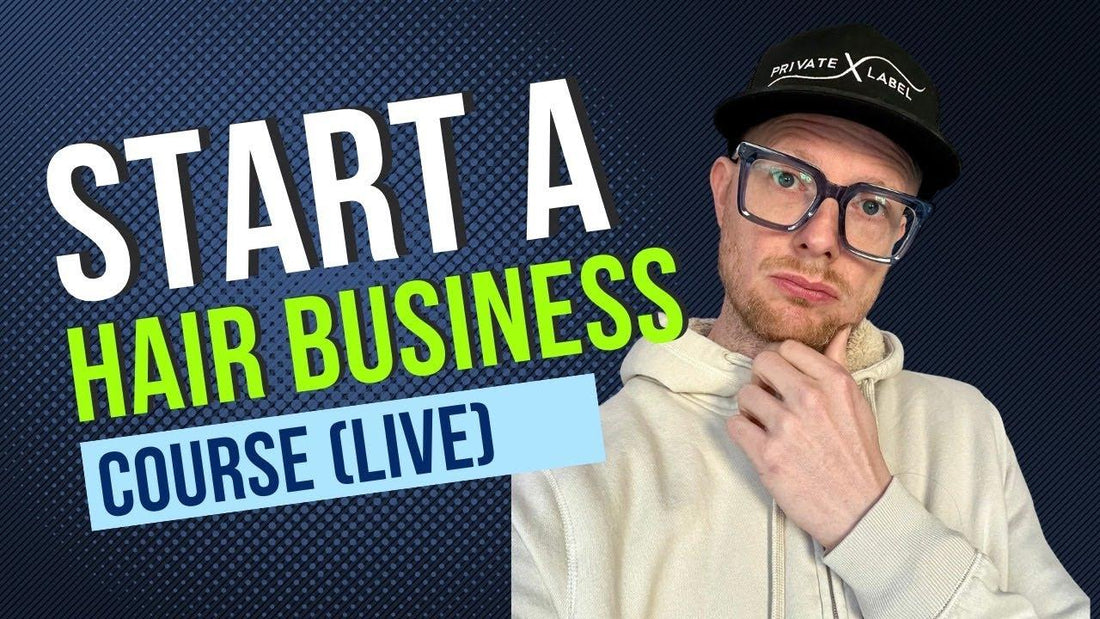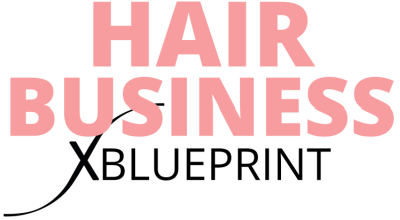
Steal My Methods to Build Your Own Hair Business Online Course
Share
This is for hair business owners to help them create better value for their business.
But whatever the industry you are interested in or have been doing.
Publishing an e-book of your philosophy of the business or creating a free starter course to help your peers is highly beneficial.
You won’t be selling all the time; part of branding is incorporating value into a story that resonates while being consistent about implementing it over a good period of time.
The higher the value, the higher the return will be.
This makes the next question is how hard it is to do so.
It’s quite easy, let’s see.
Setting Up Your Thinkific
What I like about Thinkific is their learning management system, it’s pretty innovative and you can tie it up with Shopify.
Why is that a perfect dual?
Because Thinkific will be doing in the back end what it’s good at which is learning, while Shopify in the front end will be doing its craft of selling.
They also facilitate the process of doing so.
You can draft an online course on the Thinkific website.
They got this AI assistant which is probably built around ChatGPT.
You will write down your prompt in detail and let it do its magic.
This can save you brainstorming and layout time.
Editing Curriculum
Then you can edit that layout and redo the sorting to reach a mind map that makes sense.
It would be best if you didn’t gatekeep anything out, the criteria is making it as valuable as possible.
Break it down into baby steps to water down the knowledge you’re teaching and get a better completion rate for your course.
In my free hair business starter course, I included every step I could so anyone can start her own business, from opening a bank account to customer management.
Optimizing Settings
You can set the settings for your preferences.
I chose to enable students to share the course completion while getting a certificate.
You can change the themes and adjust your revenue.
What is most important though is the search engine optimization settings.
You will be going to be live on Shopify, but in the back end, the course will be available on the internet.
Do a little keyword research and enrich the course with an SEO product description along with the course keywords to rank better on the internet.
Linking Shopify
The next thing you will want to do is link Shopify through the Shopify Admin button.
Then all it takes is writing down your login information, in addition to the course URL which is given on Thinkific.
You will need to edit your title, meta description, and URL. Based on the keywords you picked for the course keywords on Thinkific.
Change the sales channels to the platform you want to use.
The course should be live and available to purchase on your online store within seconds.
Getting Your Material
You can save time and feed your outline as prompts to ChatGPT.
That can lengthen your content and get you fresh ideas.
Then edit them with your personal knowledge from the hard experiences you have gone through.
You will need text, photos, and videos.
If you don’t publish videos already, you can start turning these into short videos around 3-5 minutes per lesson.
If you can’t hire someone you can edit your own pictures on Canva, the ideal output should be flowcharts if you’re educating about certain processes.
For the facts and statistics, there are a ton of adjustable pie charts and bar charts that automatically adjust to data.
The more media assets you will have, the more interactive the experience will be.
Editing Your Lessons
If you have already published videos, you can embed them into the course, and if they’re on YouTube you can configure a subscription button to get more traffic.
It’s quite simple. Just go the Google Developers, search configure a button, write down your channel ID or name, and then copy the code to your editor below the video.
You would want to simplify your lessons.
Make an audit to ensure that there are no gaps between lessons, like if you referred to something you didn’t explain before.
You can allow discussion to make students engage.
But the key will be to include different media to spice things up and keep the students focused.
Creating a Checklist
I made a template on Canva to help people who finished starting their business for real.
I simplified the course down on ChatGPT to get clear steps and a roadmap.
Then, I designed that into a checklist, that people can get once they finish the course.
Your course publicity will basically be for organic research and word of mouth.
To work this out, you have to provide something relevant but special and go the extra mile to support it with priceless value.
Check out our Hair Business Masterclass to learn deeper.
